Digitizing negatives and slides
Developing a proper way of digitizing negatives and slides to bring my old images to life has been an ongoing process for a number of years. I’ve used slide scanners and flatbed scanners of many kinds but have felt the images could be better. Slide scanners were difficult to control focus. Flatbed scanners would often result in “Newton’s Rings” which look like oil slicks on scanned images.
So I did a lot of research and discovered a method that would help me digitally re-master my library of 35mm negative and slide film while retaining the tonal range and clarity of the original images. The system is based on my Canon 5D Mark IV with a Canon 100mm f/2.8 Macro lens mounted on a Kaiser RS2 copy stand.
The process begins with carefully and gently cleaning each negative with a Giottos Rocket Air Blaster. I sometimes use a soft lens cleaning cloth if dust is stubborn, but I’m careful not to scratch the emulsion. I found a really great, inexpensive film holder called a Pixl-Latr that serves as a placeholder for negatives and slides. It has built-in diffusion which works with any light source. I use a light table as my light source.
The system produces an image so clean and sharp you can see each individual piece of film grain on the RAW image files. With the Canon 5D Mark IV, I can fill the sensor top to bottom, left to right which results in a 30.4 Megapixel (6720px x 4480px) image. I’m so impressed. There is much more dynamic range in my old negatives than I thought would be possible!
Update:
Recently, I upgraded to Panasonic LUMIX S series cameras including the LUMIX S1H and LUMIX S5, which are capable of shooting stills in High Resolution mode. This essentially stitches together multiple images to create a 96 Megapixel (12000px x 8000px) image. So, I tried out High Resolution Mode with my system to see if there was a noticeable difference and there certainly was! I have read that 24-30 Megapixels is more than enough resolution for 35mm negatives, however I’m now convinced I’ll use 96 Megapixels on certain images moving forward.
Post production of negatives and slides
In post-production I use a combination of Adobe Lightroom and Adobe Photoshop. In Lightroom I have Negative Lab Pro installed which does a phenomenal job of converting the images from negative to positive. There are plenty of sliders, adjustments and profiles to select from in NLP. I’m a stickler for cleaning up dust and scratches, so first I’ll make only minor adjustments to images, then export over to Photoshop for cleanup with primarily the Spot Healing Tool. Then I re-import back to Lightroom for final adjustments of the shadows, blacks, whites, and highlights. The goal is always to push shadows up a bit to achieve every bit of dynamic range and tonality. I’ll use the sharpen and noise reduction tools sparingly.
I had a few photo shoots in mind when I setup this new negatives and slides digitizing system a few months ago. One in particular was from 1984. Actually it was two shoots but one roll of film. This leads me to believe it was either the same month or possibly even the same weekend for both locations.
Location #1 – Lewis & Clark Trails in Council Bluffs, Iowa
It was early on in the mountain bike scene here in Nebraska. A small group of us would trek to these trails riding from downtown Omaha along the Missouri River levee. We were likely among the first MTB riders on these trails which had long since been used by motorcycles and hikers. Along with me that day were Frank Corritore, and Dan Streight, two early Nebraska mountain biking pioneers. They also worked at Bike Rack in Omaha. I apologize for not being able to properly identify the third person. I believe his first name is Jeff and worked at Rockbrook Schwinn. If you can help identify him I would appreciate it! Something prompted me to bring along my Nikon camera. I’m so thankful I did because these early mountain bike photos are priceless.
Location #2 – Standard Trails in Omaha, Nebraska
You’ll see much more of Standard Trails on this web site. We called the place “Standard Trails” because it was near, you might have guessed already, the Standard gas station. We also had another great riding spot called “Derby Trails”. Standard was the premiere BMX jumping and riding place in Nebraska in the 1970’s and early 1980’s. Just a short ride from my house, one neighborhood to the East, and on the other side of I-680. This is where my friends and I spent the majority of our spare time.
As my friend Chris Heyden has said, “Standard Trails were the pre-cursor to skateparks”. We were riding and jumping our bikes at Standard trails before BMX racing existed and long before BMX Freestyle. On this day in 1984 something out of the ordinary was happening. Along with my friend Tom Jeffreys on his 20 inch GT BMX bike were Frank Corritore and I jumping our 1984 Trek 850s! This was just the second year Trek produced a mountain bike, and I still have mine! These shots of Tom Jeffreys are amazing and it is so cool to bring them back to life.
You can no doubt tell I’ve been having fun with the process. With only a small percentage of my images processed I’m looking forward to the months ahead. What other hidden treasures might I find in this vast vault of 35mm slides and negatives? Stay tuned for more.

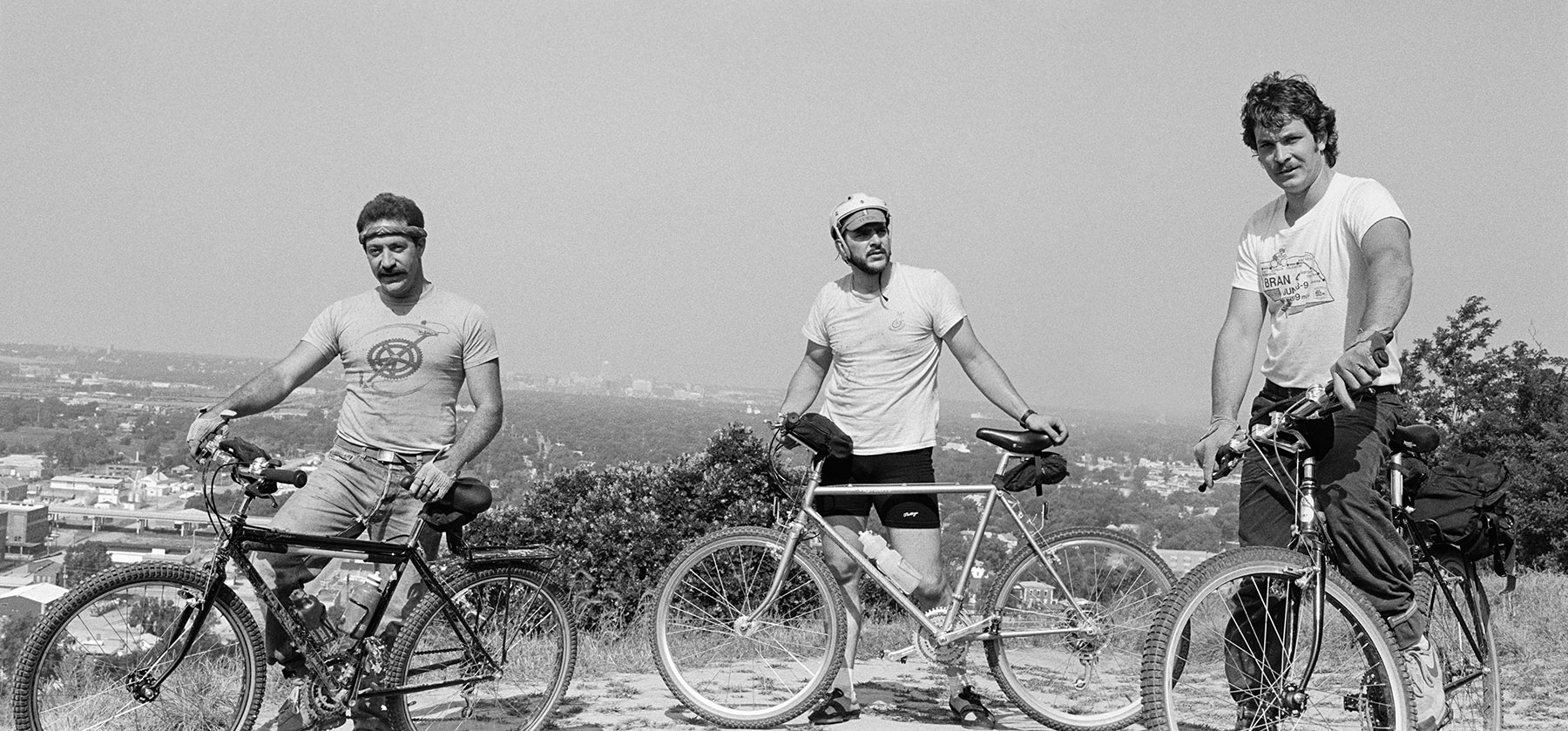
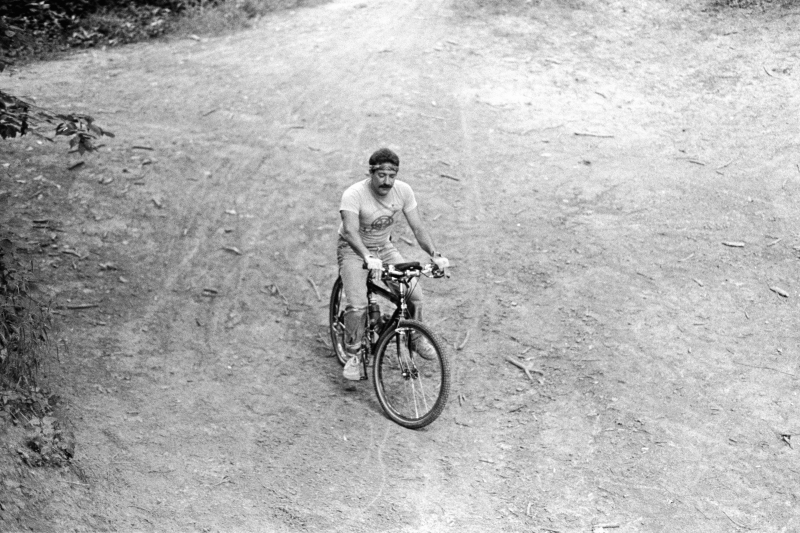
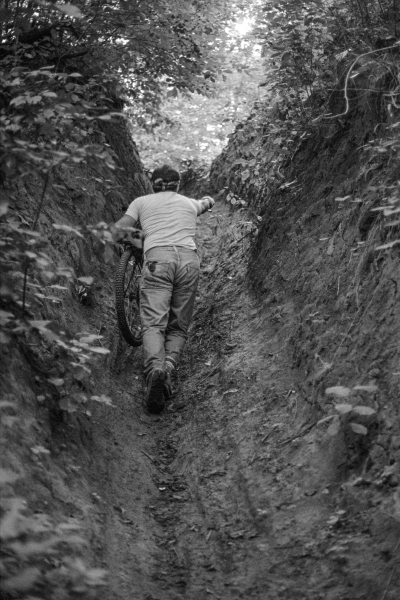
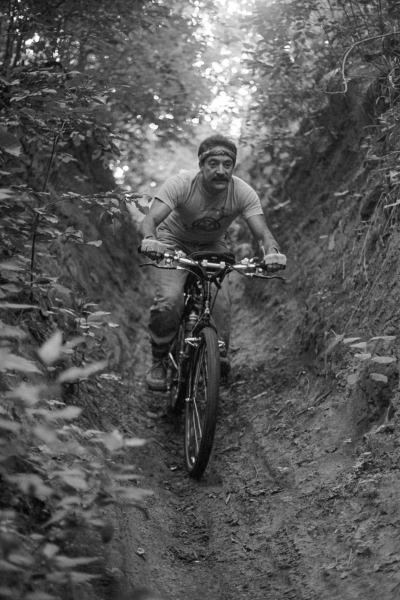
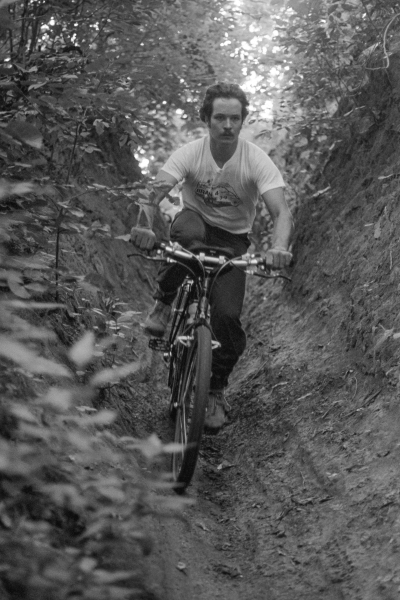
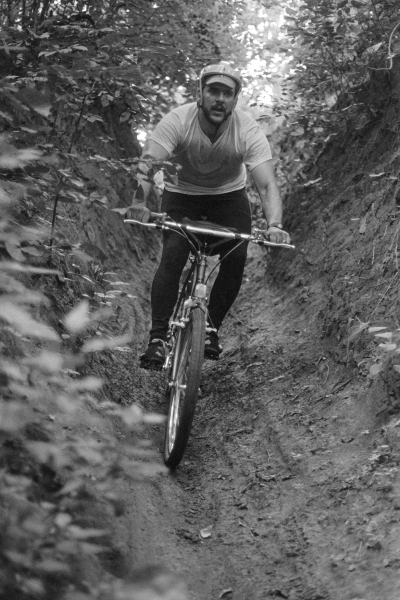
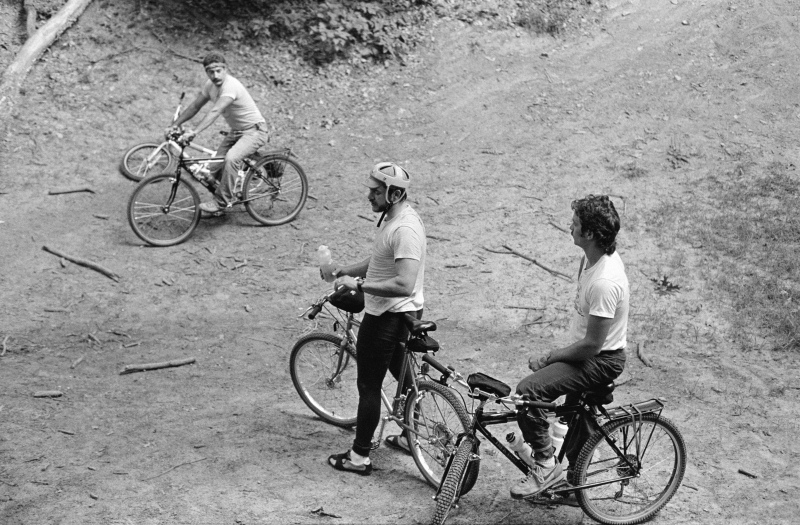
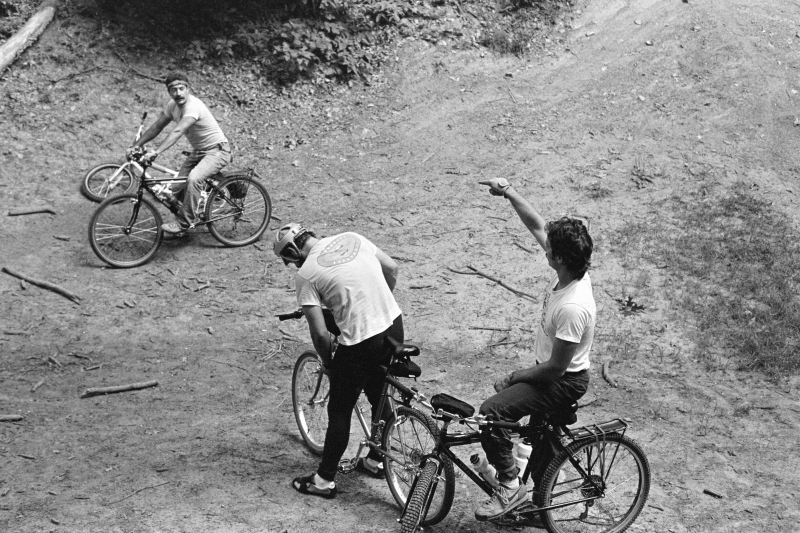
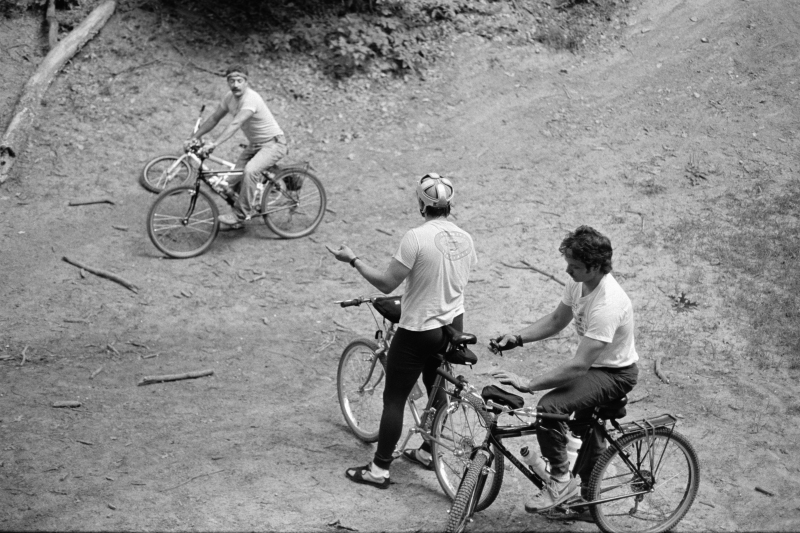
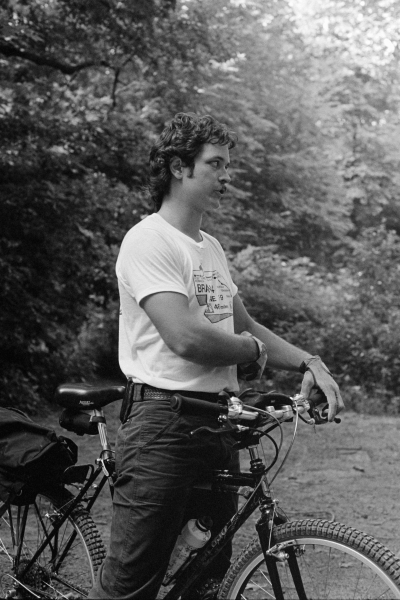
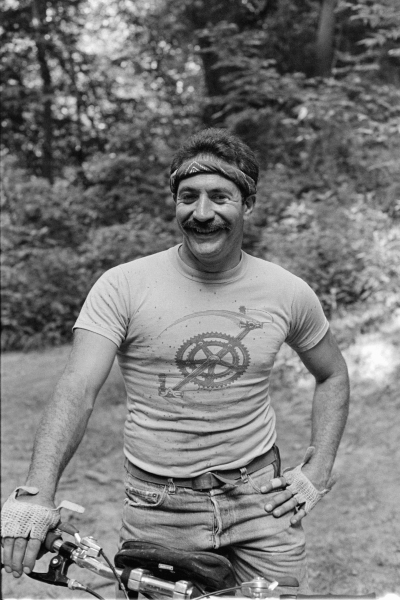
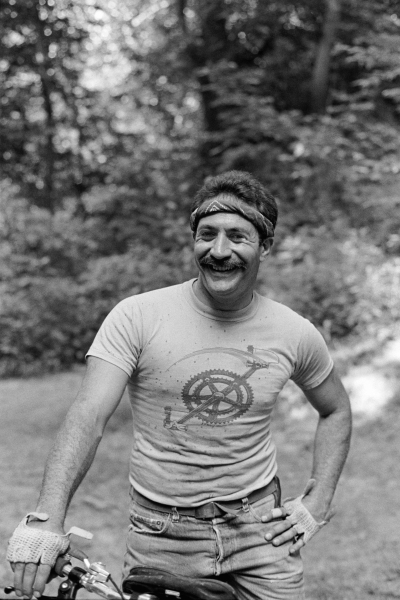
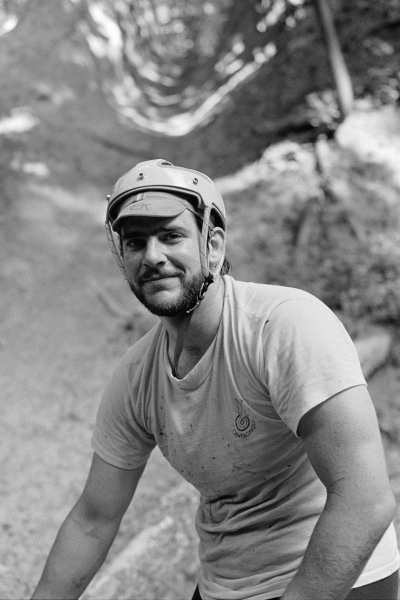
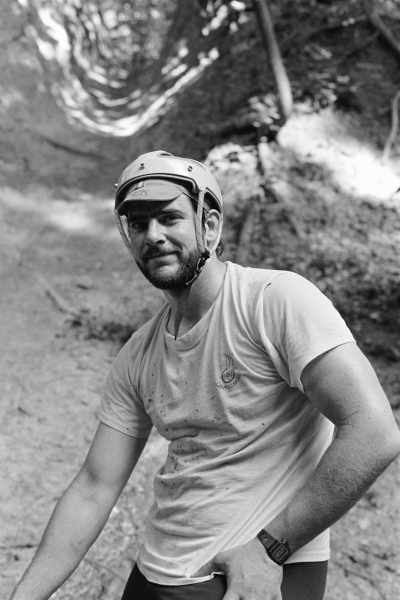
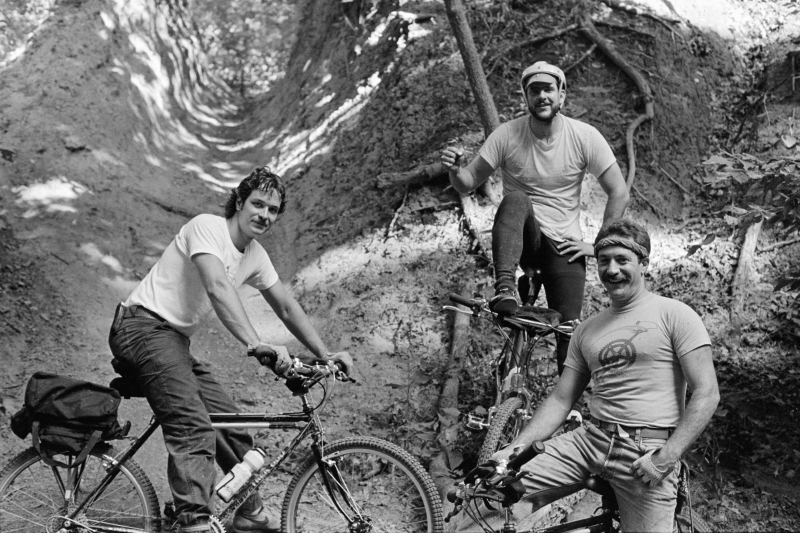

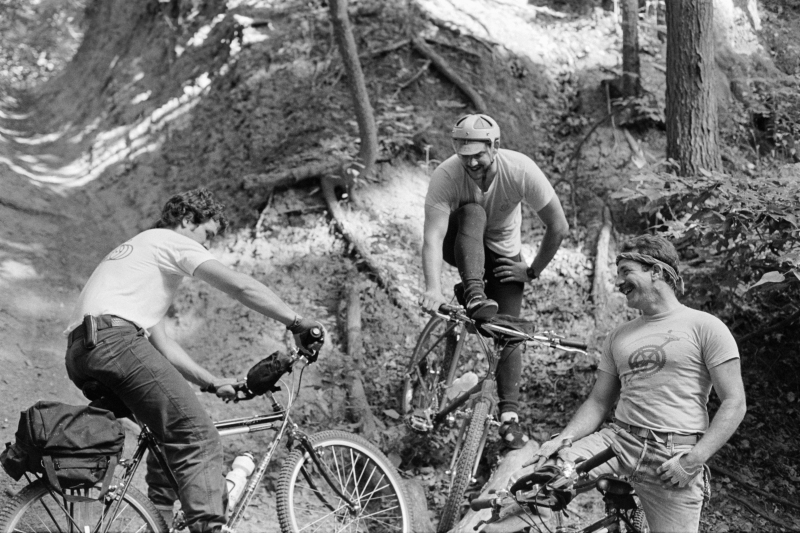
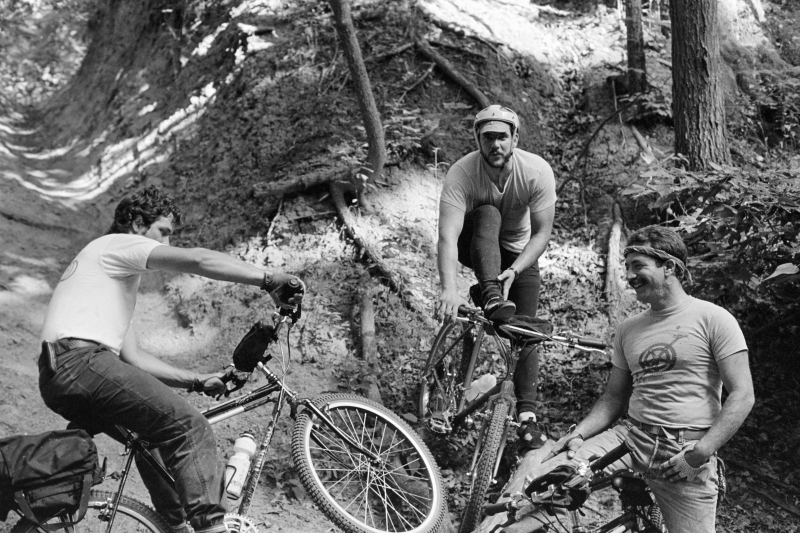
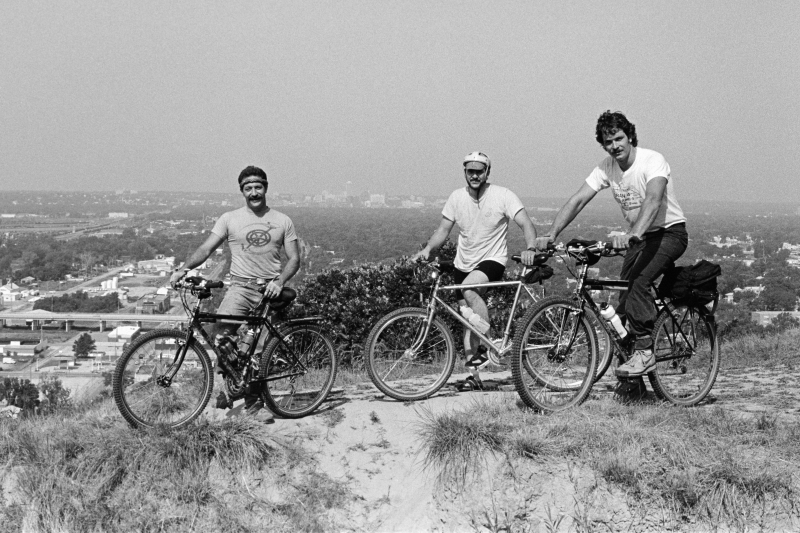
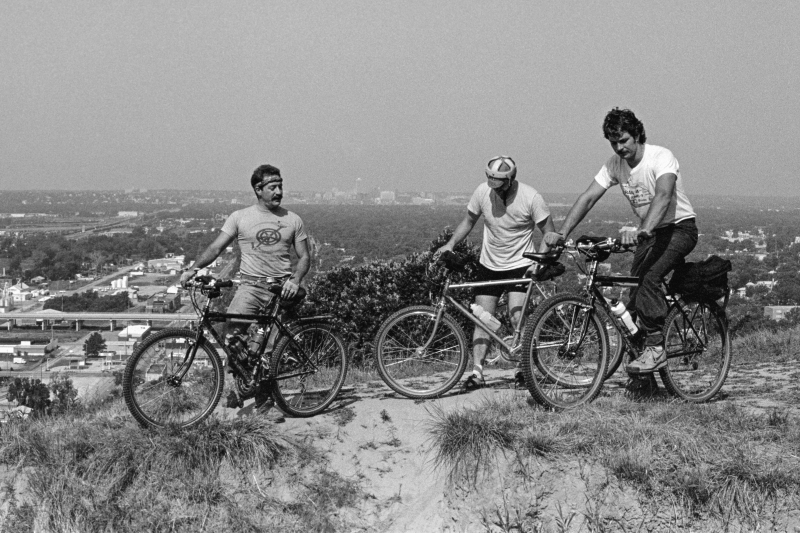
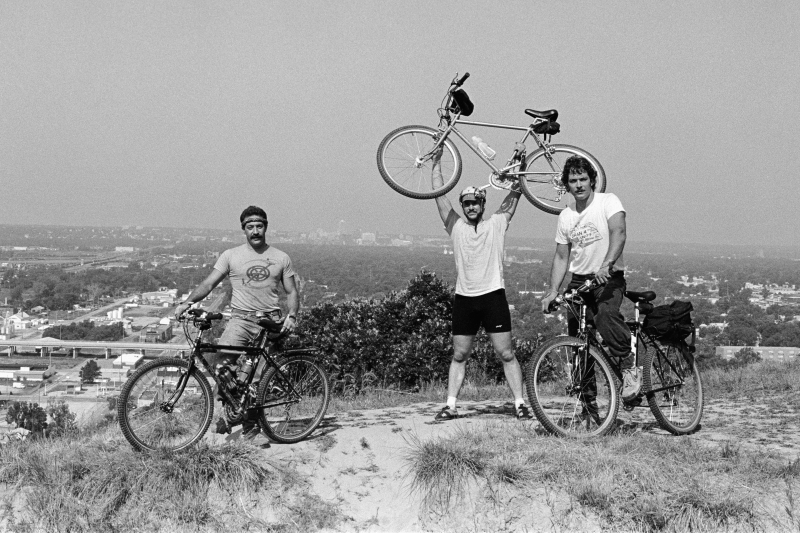
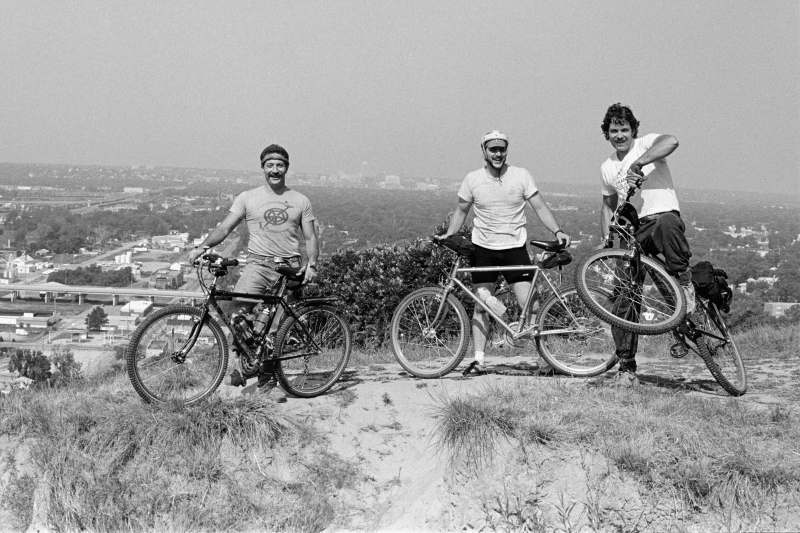
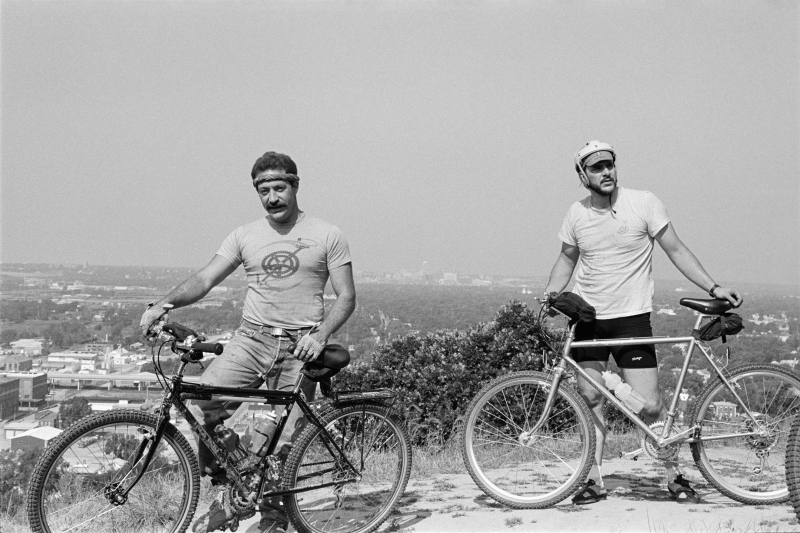
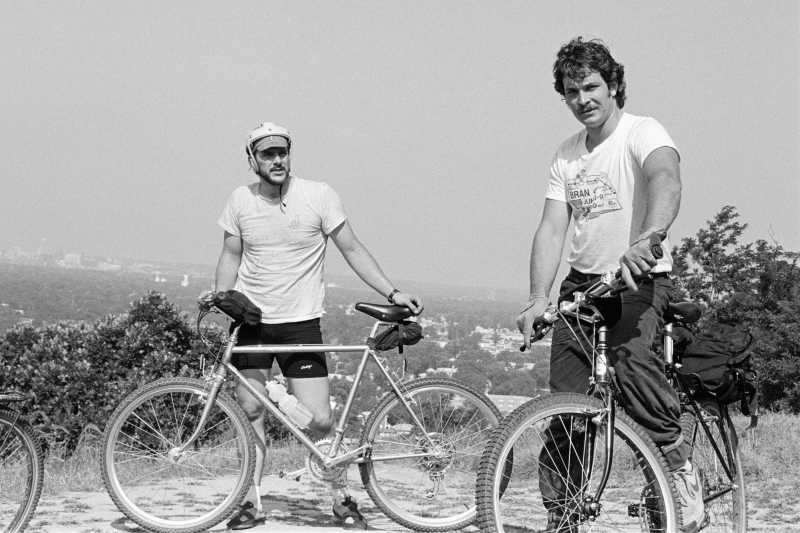
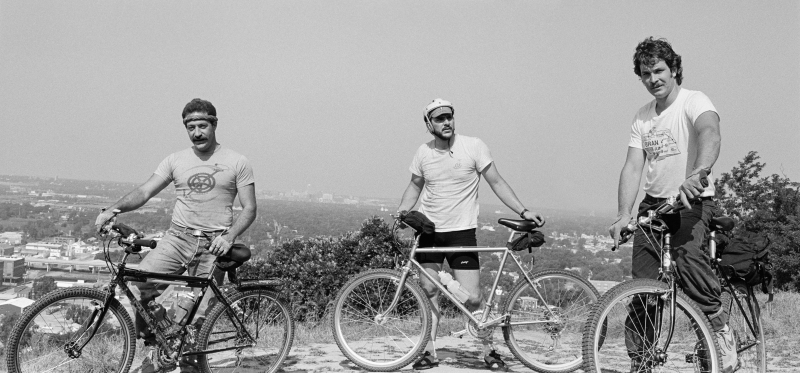
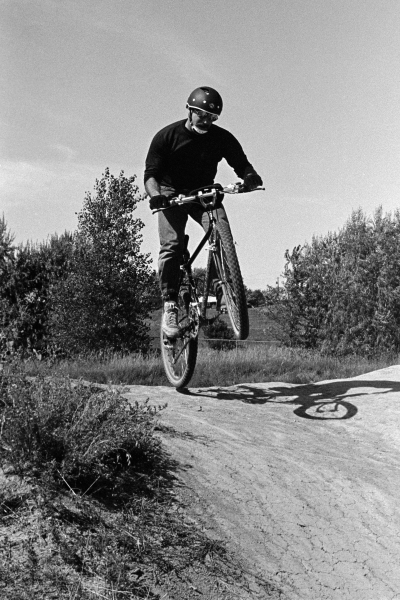
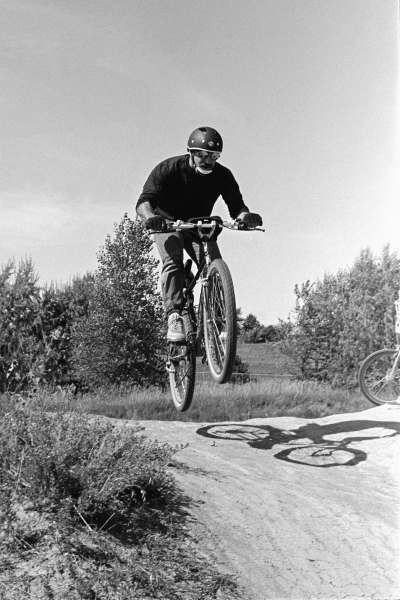

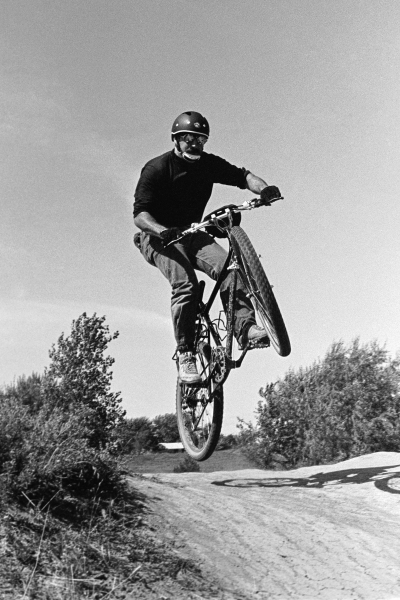
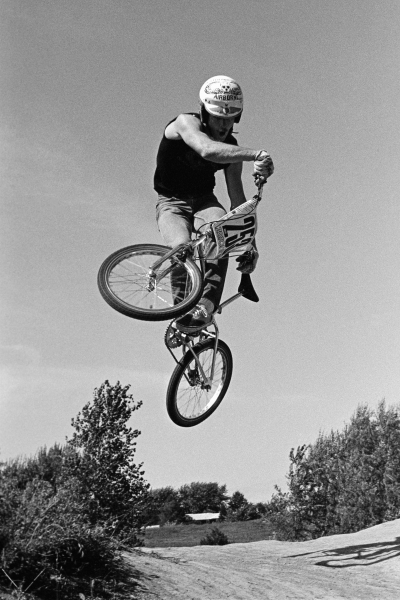
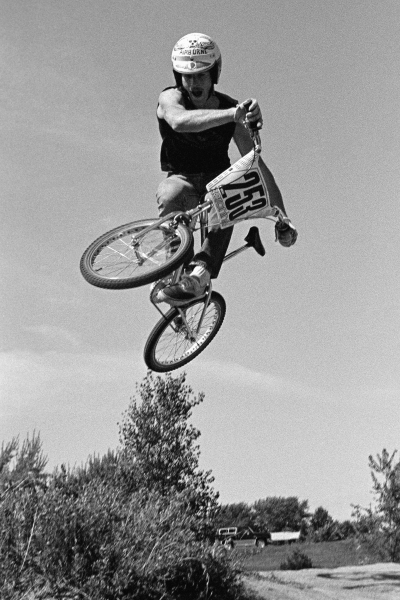
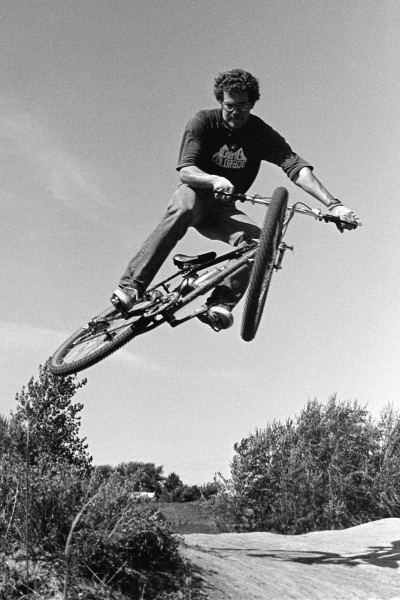
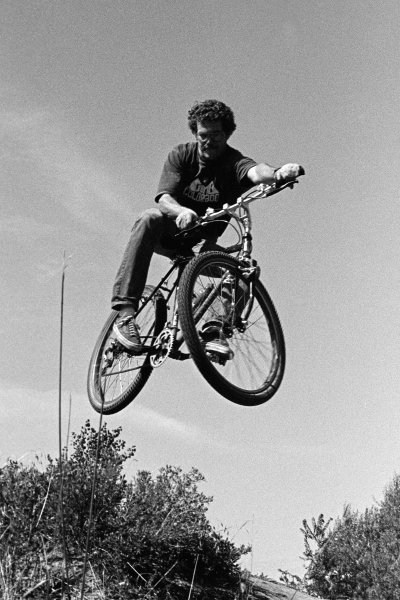
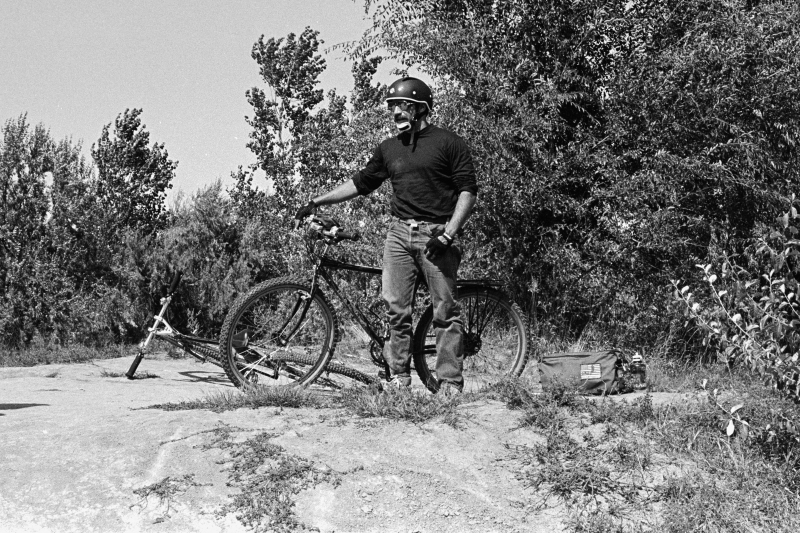
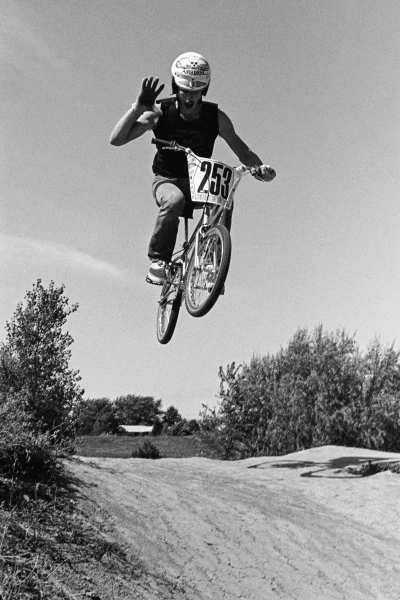
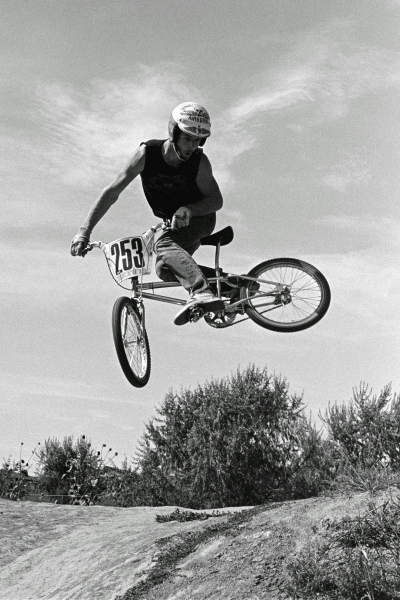
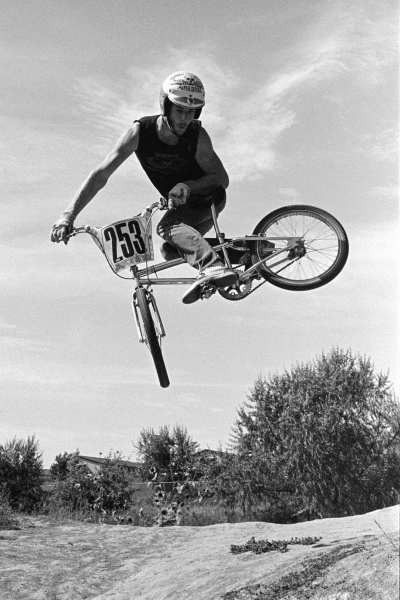
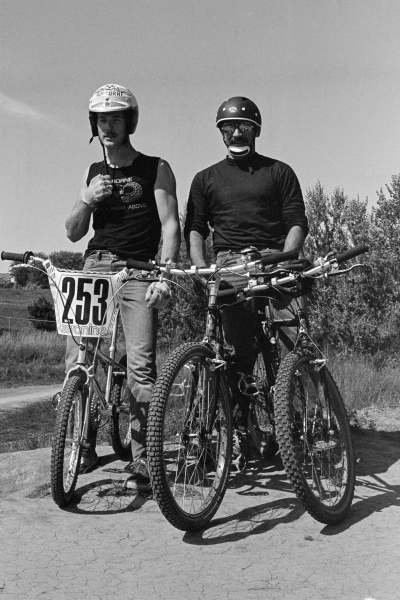
Twicsy
21 Jun 2022Do you mind if I quote a few of your articles as long as I provide credit
and sources back to your webpage? My blog site is in the very same niche as yours and
my visitors would certainly benefit from some of the information you present
here. Please let me know if this ok with you.
Regards!
admin
25 Aug 2022Twicsy, absolutely, quote all you like. Glad I can provide useful information!
Tim